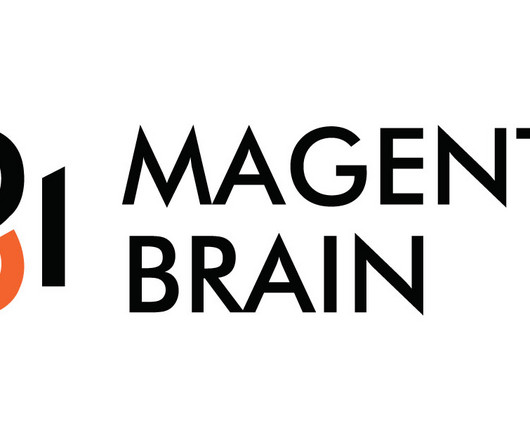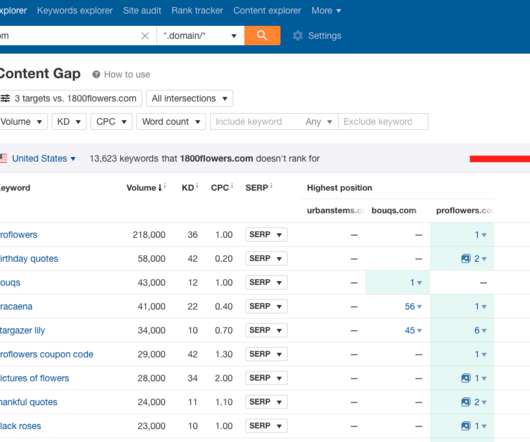The History of Ecommerce: What The Past Says About Tomorrow’s Retail Challenges
BigCommerce
FEBRUARY 13, 2018
What is Ecommerce? Essentially, ecommerce (or electronic commerce) is the buying and selling of goods (or services) on the internet. From mobile shopping to online payment encryption and beyond, ecommerce encompasses a wide variety of data, systems, and tools for both online buyers and sellers. 2009 Square, Inc.















Let's personalize your content